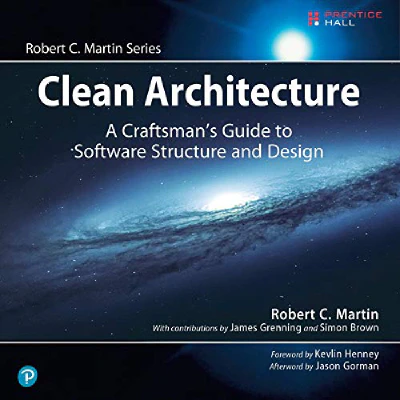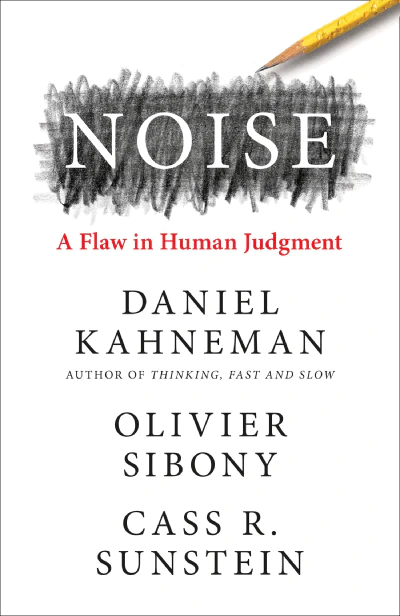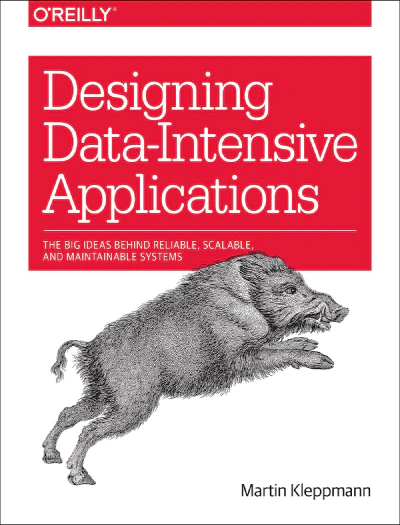
Communication Genius - Lesson 1 - Communication preparation algorithm
In January 2022, I started the Communication Genius course from one of the best public speaking coaches - to be a bit less toxic and more efficient 🙂
Lesson 1 discovers:
- What is the purpose of communication?
- What are the two parts of success?
- Why should you clearly define and write down your real goal?
- How to consider your Audience?
- What is the Format and its elements: Time, Place, Dress Code and Genre and how to use them?
- How to choose the right Moment? Examples of good and bad moments?








